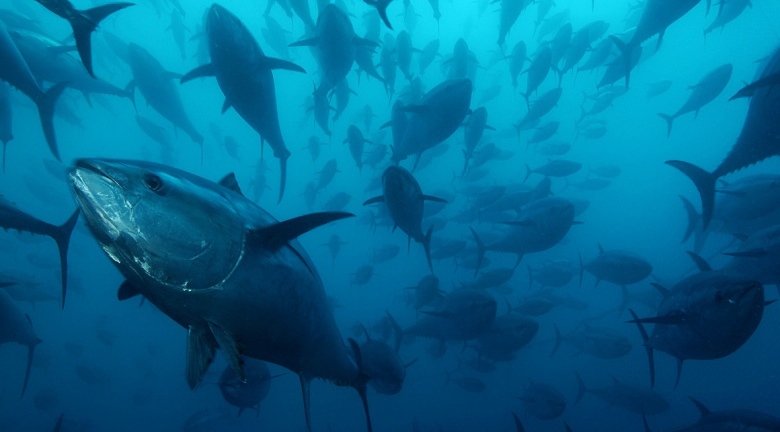
Climate change will have irreversible impacts on crucial ocean microorganisms that could trigger dramatic effects up the food chain. The bacteria trichodesmium is known for surviving in nutrient-poor parts of the ocean, where it converts nitrogen gas into a material that can be used by other forms of life.
This process of “nitrogen fixation” makes the bacteria “the fertilising agent of the open ocean”, says Eric Webb, co-author of the study published in Nature Communications. Although a microorganism, it forms in colonies that can be seen by the naked eye, earning it the name “sea sawdust”.
When the scientists placed it in conditions simulating carbon dioxide levels in 85 years’ time, the bacteria went into reproductive overdrive. The scientists say that this could cause it to go into reproductive overdrive in the future, consuming vast quantities of nutrients, such as iron and phosphorus, that are in limited supply in the ocean.
This could leave other organisms that depend on the same nutrients without enough to survive. Alternatively, greater numbers of trichodesmium could consume the resources at an unsustainable rate, creating the conditions for its own extinction. This could in turn leave other organisms without the products processed through “nitrogen fixation” by the bacteria, triggering catastrophic effects much further up the marine food chain, on creatures such as fish.
When the same bacteria was then put back into present day conditions the behaviour change was unexpectedly discovered to be permanent. The scientists say that the finding that the bacteria would “get stuck in the fast lane” calls into question basic evolutionary principles.
Webb told the Guardian: “The fact it grows fast and gets stuck in that state is unprecedented in evolutionary biology and could have dramatic effects on its natural, very-low nutrient oceanic habitat. This unchecked growth will likely cause it to produce nitrogen, but it will also consume other nutrients at increased rates. As these nutrients are predicted to be more scarce in the future, the combination of these factors could lead to its extinction in the worst case scenario.”
